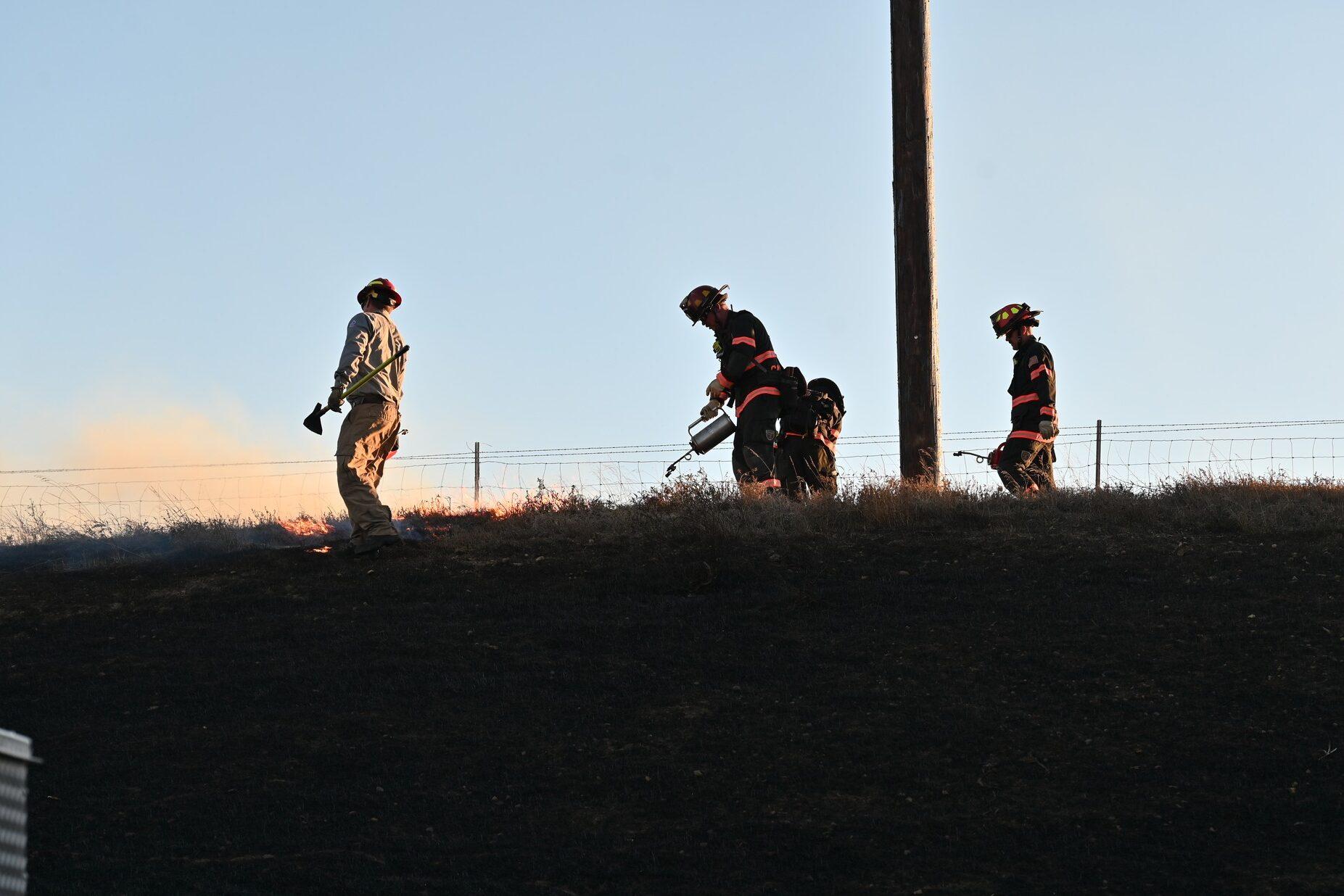
An Environmental Protection Agency official said Sunday the amount of wastewater that spilled from Colorado's Gold King Mine into the Animas River is three times larger than its initial estimate.
- Aug. 7: EPA Admits It Triggered Million-Gallon Mine Waste Release
- Aug. 7: How Did EPA Set The Mine Waste Disaster In Motion?
The agency now says 3 million gallons spilled into the river Wednesday and Thursday, instead of 1 million. The revision came after the EPA used a stream gauge from the U.S. Geological Survey.
Discoloration didn't seem unusual, at first
Durango resident Dave Farkus has seen the Animas River turn orange before from mine runoff. So when it happened again on Thursday, Farkus didn't think it was out of the ordinary. He's one of the kayakers from a Durango Herald photo of the yellow river that went viral last week.
But suddenly, Farkus and two friends found themselves surrounded by the orange plume.
“It’s splashing in our eyes, our mouth, our ears up our nose. I still have some definite health concerns to see what was in there," Farkus said.
It wasn’t until Farkus got out of the river that he learned the extent of the spill. That plume of wastewater moved down the Animas from Durango to San Juan River in New Mexico over the weekend. It's traveling at a rate of about 550 gallons per minute, down from about 740 gallons per minute on Friday.
Kayakers, boaters—everyone in southwest Colorado is being told to stay away from the river.
Drew Kensinger, operations manager for Mild to Wild rafting, said he’s had to refund trips canceled over the last four days.
“We have about 40 to 45 employees not working right now,” Kensinger said.
Environmental, health impacts unclear
The agency doesn't believe wildlife will suffer significant health impacts from the large volume of wastewater that spilled from the abandoned mine. EPA toxicologist Deborah McKean says the sludge laced with heavy metals moved so quickly after the spill that it would not have harmed animals that consumed it.
Meanwhile, Durango and a half dozen cities have turned off their water taps. Some have up to a 90-day supply of water.
“We’re working to ensure that we have drinking water to anyone who’s impacted," said EPA's Shaun McGrath. "We’re making sure that we have alternative sources for other needs.”
So far there have been no reports of people sickened because of the spill. Initial test results show the water is as about as acidic as coffee, with higher than normal levels of arsenic and lead. More test results are expected soon on the potential health impacts.
Durango wants answers
Nearby residents, though, packed a middle school auditorium Sunday night demanding answers from the EPA.
“One of the things we’ve said from the get-go is, 'Tell us what’s in the water,' " said a frustrated Russell Begaye, president of the Navajo Nation. The toxic plume traveled into the nation’s land south of Durango via the San Juan River.
“Tell us what’s in the water," Begaye said, to loud applause.
The EPA's McGrath said the agency was working hard to develop those answers.
“Unfortunately the reality is in doing an analysis of metals, it takes time for that process to happen," McGrath said. "First we have to go out and get samples, we have to get it to the labs.”
After lab testing, there’s a two-day lag. Then health experts have to draw their conclusions. The Navajo Nation prepared a lawsuit against the EPA over the weekend.
Durango resident Rose Chilcoat came away unsatisfied, like many at the meeting.
“We talked about metals, we talked about levels ... [But] we don’t know what our exposure is," Chilcoat said. "Tell us how bad it could be.”
More information is expected in the coming days. And more help could be on the way. The city of Durango and La Plata County made a disaster declaration Sunday. That’s expected to pave the way for a state declaration and funding later this week.
The Associated Press contributed to this report.









